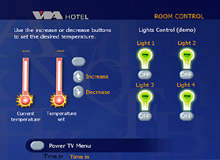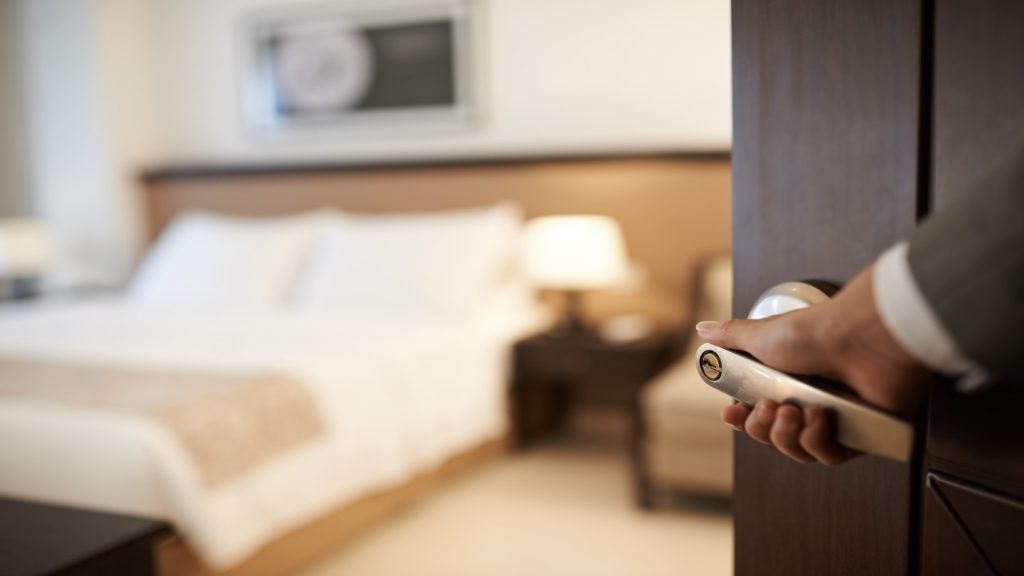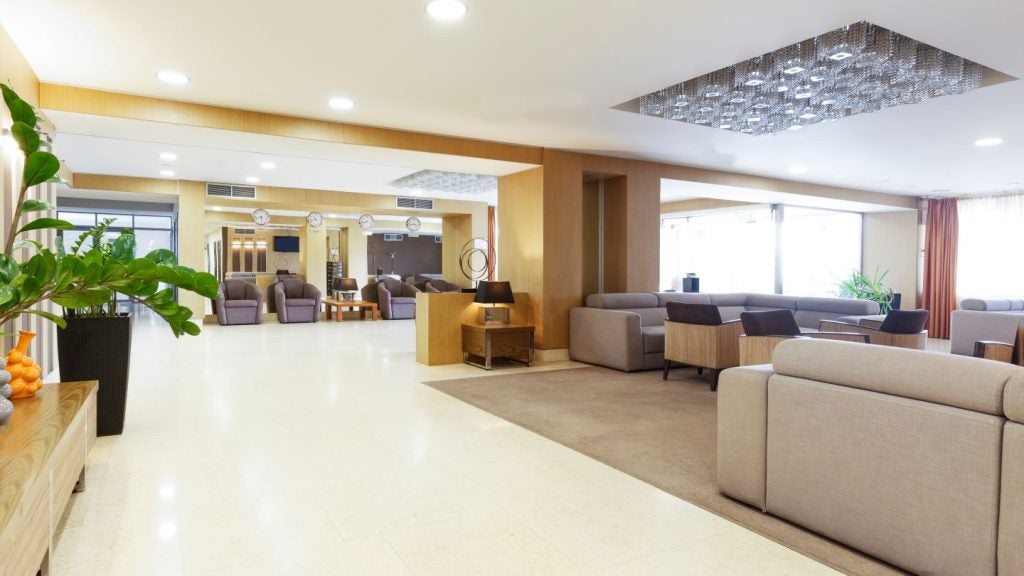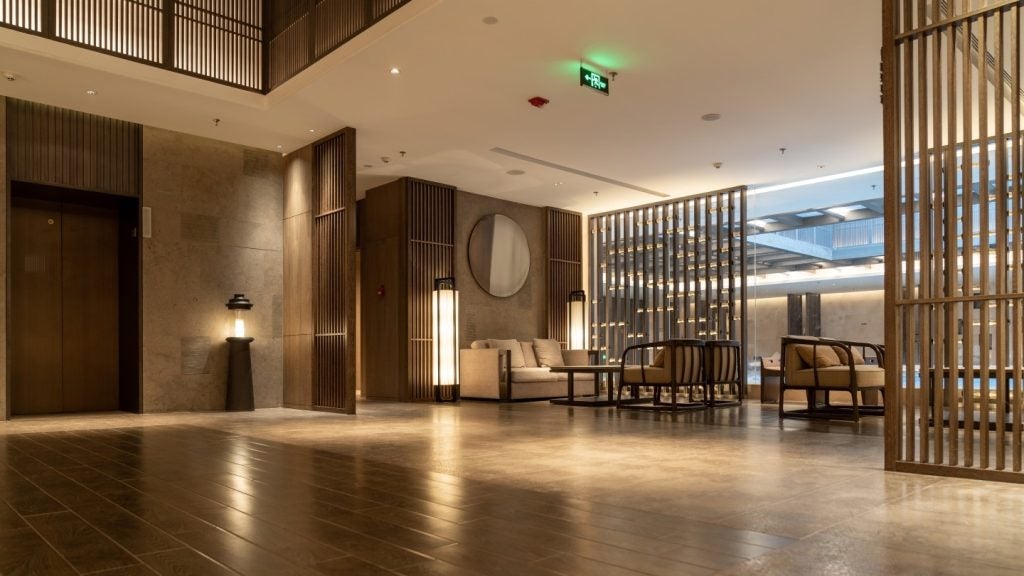
From coin-operated televisions to pay-per-view movies, in-room entertainment systems have evolved dramatically over the last few decades, with new technology now allowing guests to manage their hotel stay from their in-room television set.
VDA technologies has provided hotels around the world with these new multimedia opportunities with resounding success. From the Ritz Hotel, Paris, to the Park Plaza, London, VDA has used innovative technologies to increase communications and management opportunities within hotel rooms. VDA director Gary Francies talks us through the latest technologies available.
Elizabeth Clifford-Marsh: How much have in-room entertainment systems developed from basic television services?
Gary Francies: A tremendous amount. VDA is now deploying 100% high definition systems that are fully Internet Protocol (IP) compliant and ready for the upcoming broadband/internet TV services. Other services that can be offered through the television include laptop-quality TV internet, video conferencing, internet radio, interactive iPod docking stations, where the guest navigates their iPod via the TV remote, intranet services and external connectivity panels that allow guests to connect their laptop, music centre and camera.
Through VDA’s Micromaster, for example, the guest has the ability to manage the room’s lighting and heating, operate the room blinds and open doors automatically. Voice over Internet Protocol (VoIP) and other IP services are being incorporated.
See Also:
Overall the TV has become a single portal that the guest uses for their pleasure and business life.
How well do you really know your competitors?
Access the most comprehensive Company Profiles on the market, powered by GlobalData. Save hours of research. Gain competitive edge.

Thank you!
Your download email will arrive shortly
Not ready to buy yet? Download a free sample
We are confident about the unique quality of our Company Profiles. However, we want you to make the most beneficial decision for your business, so we offer a free sample that you can download by submitting the below form
By GlobalDataEC-M: How do you think such systems will grow in future and help increase return rates?
GF: Imagine when a guest enters a room that loyalty programme operators could automatically know about it, which would enable them to offer customised rewards and incentives. The guest could instantly be welcomed in the style the chain wishes to – the manager could send the guest a message saying: “Hey welcome back John, house champagne is on me tonight.”
Doors can be equipped with an access control based on radio-frequency identification (RFID) technology. When the guest inserts it in into the reader the information is passed to the TV system, which has now been updated on how it should react.
This could also be used to inform the head office database or loyalty system that the guest is in a room and provide the option to offer extra services. This gives a hotelier real-time control over your clients loyalty activity with innumerable benefits. We are planning further talks with hotel groups – I think this technology will transform the loyalty programme.
EC-M: Is there a demand in the industry for such a service?
GF: Yes, we are finding more and more hotels are keen to find out about the bigger picture; that a full multimedia interactive system can provide over the traditional pay movie solutions.
EC-M: If a hotel wanted to install VDA’s automation system – the Micromaster—which allows for room management from a single location, what would this mean for its infrastructure?
GF: A single cable and telephone cable (cat5e) will need to be installed for every ten rooms for us to use the hotel’s coaxial cable. Once installed, the hotel can deploy wired and wireless laptop connectivity.
EC-M: Does the system require cable upgrades or is it easily installed through whatever system the hotel is currently running?
GF: First and foremost, the hotel can use the existing room coaxial to receive a 100mb service in the room. This is sufficient to provide movies, high-definition TV and laptop internet simultaneously. A hotel looking for more bandwidth would need to install cat5e. In new builds cat5e and above cabling is being installed. Coaxial is not being installed, which offers a sizable saving for the hotel developer/operator.
EC-M: How can integrating such in-room services bring extra comfort to the guest?
GF: A guest could request that the entertainment system play an opera as they entre the room. They may request lamps illuminate, or set the temperature at a certain level. Anything the system is programmed to manage could be requested from a booking that says on this given day Mr Smith is going arrive in room 15 and the TV needs to be set to French language, playing Beethoven’s symphony with a blank screen.
We are supplying TV systems that provide control of the lights, control of the temperature and we even have the ability to open the door to allow someone to enter without the guests having to get out of bed. We could also programme the system to take it to the next level – if you had a video camera outside the door, connected to the network, the image of the person outside could appear on the TV. They are many types of integration that enhance the comfort factor.
EC-M: Hotels host a cross-section of society, from tech savvy young people to business travellers and leisure guests, who may be technophobes. How can you be sure the system is self-explanatory and easy for all to use?
GF: Anybody of any age knows that if you press a number on a remote control it will correspond to a TV channel. And that‘s what a VDA remote control will do. It will always, no matter what is displayed on the TV screen, return to the appropriate channel number. That’s how we look after everybody who comes into contact with our system.
The services are selected using a ‘tick’ system, where the remote control navigates in the same way as standard domestic set-top boxes. Anybody who’s got pay TV or a freeview box knows they’ve got to use a menu button to gain access to the menu, and from there you can navigate to the area of interest.







